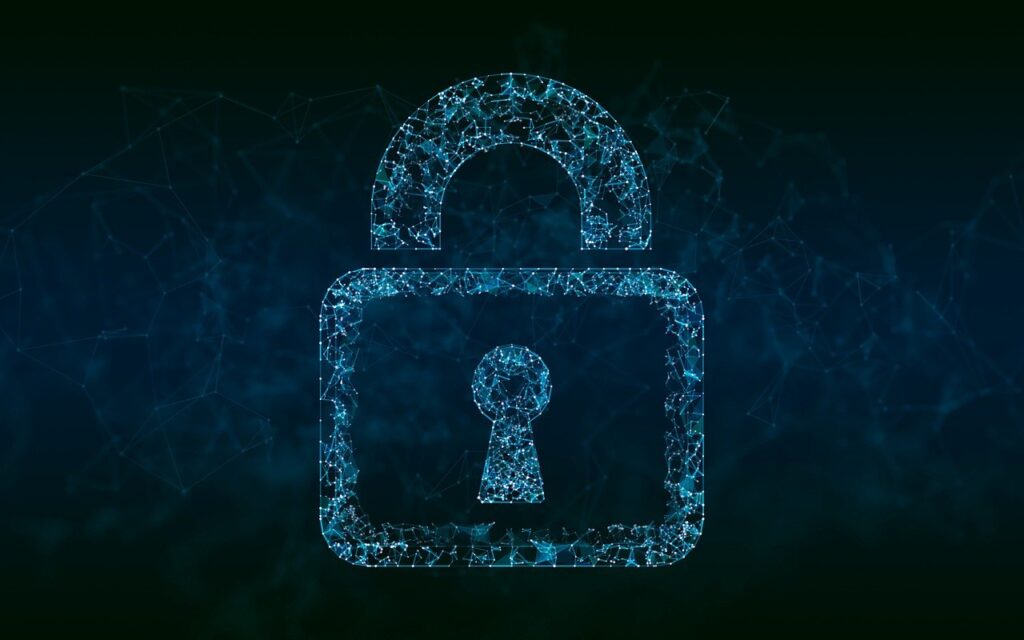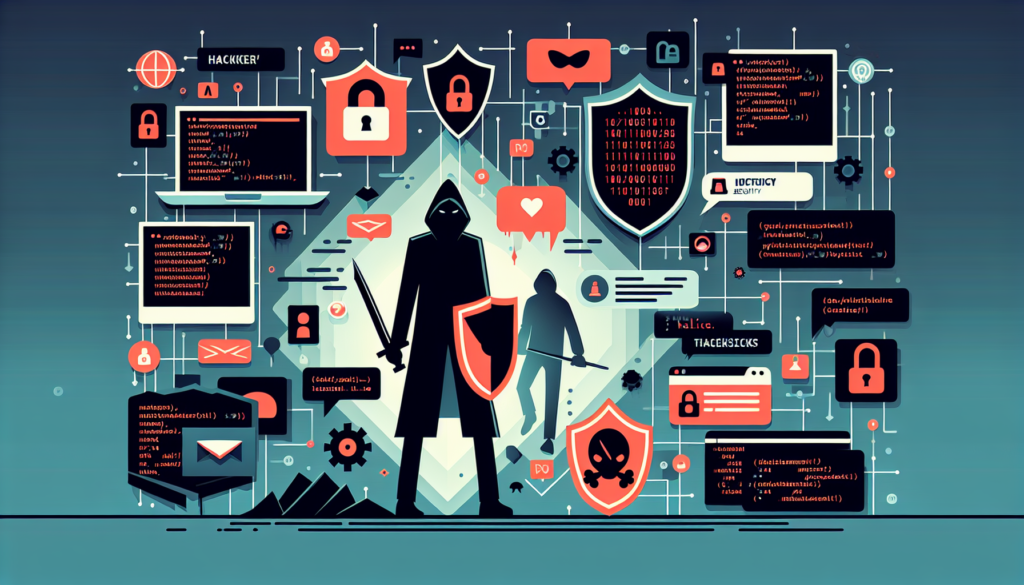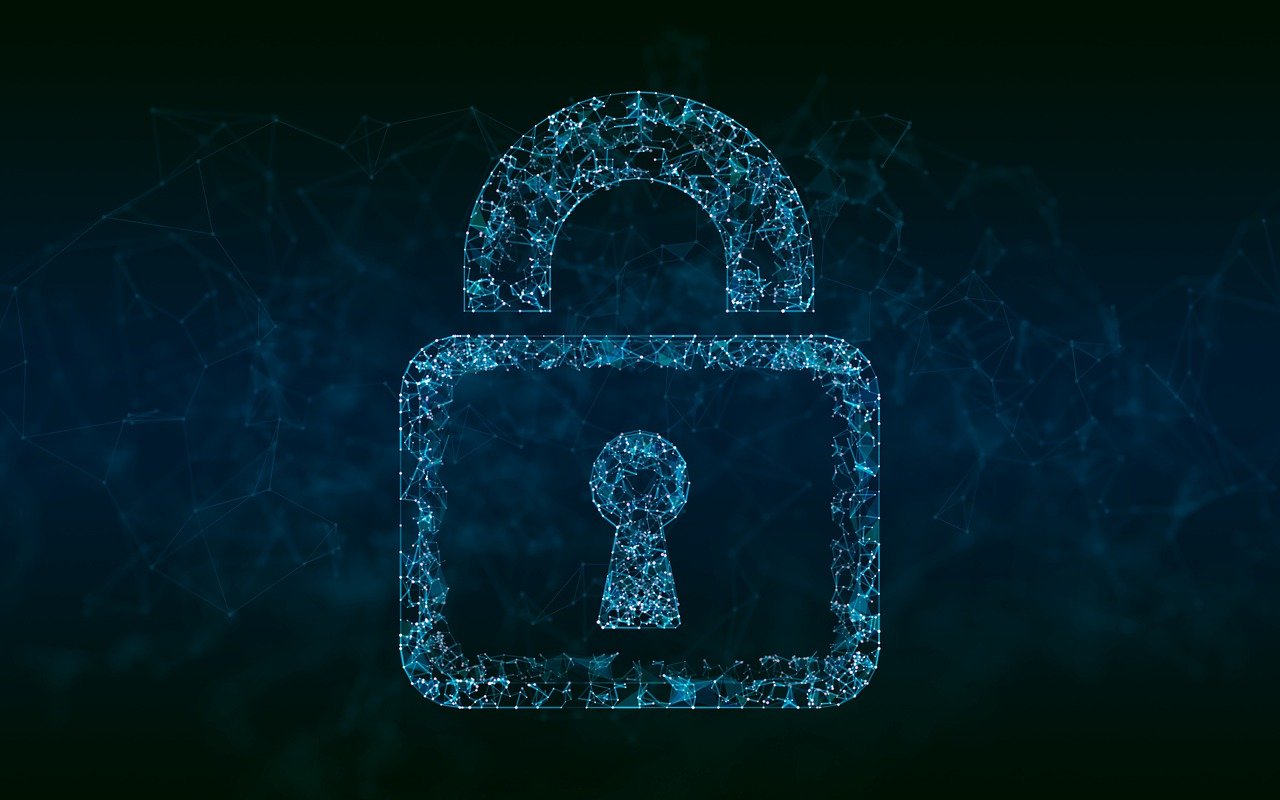In today’s interconnected and technologically advanced world, the threat of hacking has become an ever-present concern for individuals, businesses, and governments alike. Whether it be to protect against cyberattacks or to investigate violations of privacy, the need to locate and identify hackers has never been more crucial. In this article, we will explore effective strategies and valuable resources that can assist you in the process of finding a hacker. By implementing the recommended techniques, you can enhance your cybersecurity defenses and safeguard your digital assets.

This image is property of pixabay.com.
Understanding the Motivation
Different types of hackers
Hackers come in various types, each with their own motivations and objectives. Understanding these different types is crucial for effectively addressing the issue of hacking. Some common types include:
-
Black Hat Hackers: These are malicious hackers who engage in illegal activities aiming to exploit vulnerabilities for personal gain or to cause harm. They may steal sensitive data, compromise systems, or engage in cyber-espionage.
-
White Hat Hackers: Also known as ethical hackers, these individuals use their skills to identify vulnerabilities in systems and help organizations enhance their security. Their motivation is to protect and secure systems, networks, and data.
-
Grey Hat Hackers: These hackers fall somewhere between black hat and white hat hackers. While they may engage in unauthorized activities, their intent is not always malicious. They may uncover vulnerabilities and notify the affected organization with the hope of receiving a reward in return.
-
Hacktivists: Hacktivists are hackers who carry out attacks to promote a particular political or social cause. Their motivation is to raise awareness or make a statement by targeting websites or networks of organizations they perceive as adversarial.
-
Script Kiddies: Unlike skilled hackers, script kiddies rely on pre-packaged hacking tools and scripts to carry out attacks. They usually lack the technical expertise and knowledge but seek to cause disruption or mischief.
Motivations behind hacking
Hacking can be driven by various motivations, depending on the hacker’s intent and objectives. While some may seek personal gain or financial benefits, others are driven by ideological or political beliefs. Common motivations behind hacking include:
-
Financial Gain: Many hackers are motivated by financial incentives. They may seek to access valuable information, such as credit card details or corporate trade secrets, which can be monetized in various ways, including selling the data on the dark web or using it for identity theft.
-
Revenge or Vendettas: Some hackers may resort to hacking as a means of seeking revenge or settling personal scores. They target individuals or organizations they believe have wronged them or their associates.
-
Political or Ideological Motivations: Hackers driven by political or ideological motivations target organizations or individuals aligned with specific ideologies or political agendas. They may disrupt systems, leak sensitive information, or deface websites to advance their cause.
-
Curiosity or Challenge: Certain individuals may engage in hacking primarily to satisfy their curiosity or as a challenge to test their skills and knowledge. They seek to explore vulnerabilities, push the limits of what they can achieve, and gain recognition within the hacking community.
-
Cyber Espionage: Nation-states and intelligence agencies may engage in hacking activities to gather sensitive information or conduct espionage operations. Such attacks are often highly sophisticated and well-funded.
Understanding the motivations behind hacking plays a crucial role in developing appropriate strategies to prevent and respond to cyber attacks.
Gaining Knowledge about Hacker Communities
Researching online forums and chat rooms
To gain insight into hacker communities, one effective method is to research online forums and chat rooms frequented by hackers. These platforms provide a window into the mindset, tactics, and tools used by hackers. Engaging in passive observation without directly participating can help gather valuable information about emerging threats, vulnerabilities, and techniques.
Examining underground hacking communities
To delve even deeper into the world of hacking, it may be necessary to explore underground hacking communities. These secretive communities are often accessed through the dark web or encrypted channels and require caution and discretion. By monitoring and analyzing their activities, it becomes possible to understand their motivations, methods, and potential targets.
Building connections with ethical hackers
Engaging with ethical hackers, also known as white hat hackers, can provide valuable insights into the hacker community and their practices. These professionals can provide firsthand knowledge about the latest tactics, vulnerabilities, and trends. Building connections with ethical hackers through industry events, conferences, or networking platforms can help organizations stay ahead of emerging threats and improve their overall security posture.

This image is property of pixabay.com.
Employing Technical Measures
Monitoring network traffic
Constant monitoring of network traffic is a proactive approach to identify and mitigate potential threats. By analyzing network traffic patterns, abnormal behavior can be detected, indicating possible unauthorized access or intrusions. Intrusion detection systems (IDS) and intrusion prevention systems (IPS) can be deployed to monitor network traffic and provide alerts or automatically block suspicious activities.
Implementing firewalls and intrusion detection systems
Firewalls serve as a critical line of defense against unauthorized access and malicious activities. By filtering incoming and outgoing network traffic based on predefined rules, firewalls prevent unauthorized communication and limit the exposure of internal systems. Additionally, deploying intrusion detection systems (IDS) can help detect and respond to potential security breaches in real-time.
Using encryption and secure protocols
Implementing encryption and secure protocols is crucial to protect sensitive information from interception or manipulation during transmission. By encrypting data, even if intercepted, it remains unreadable to unauthorized individuals. Secure protocols, such as HTTPS for web communications or SSH for remote access, also add an extra layer of security by ensuring data integrity and authentication.
Using Hacking Detection Tools
Investigating logs and alert systems
Regularly reviewing logs and alert systems provides valuable visibility into system activities and can help identify signs of unauthorized access or malicious activities. Analyzing logs, such as event logs and security logs, allows organizations to track user activities, system events, and potential security incidents.
Analyzing system vulnerabilities
Conducting regular vulnerability assessments and penetration testing helps identify weaknesses in systems and networks. By simulating real-world attack scenarios, organizations can proactively identify and remediate vulnerabilities before they can be exploited by hackers. This process involves scanning systems and networks, analyzing the results, and prioritizing remediation efforts based on the level of risk and potential impact.
Performing network audits
Regular network audits are essential to ensure ongoing security and compliance. By reviewing network configurations, access controls, and user privileges, organizations can identify potential security gaps and address them accordingly. Network audits also verify that security policies and procedures are being followed consistently.

This image is property of pixabay.com.
Working with Law Enforcement
Reporting the incident to local law enforcement
When a cybersecurity incident occurs, it is important to report the incident promptly to local law enforcement agencies. Reporting cybercrimes not only helps in potentially apprehending the attackers but also contributes to the overall fight against cybercrime. Law enforcement agencies have specialized units dedicated to cybercrimes and can guide organizations on the appropriate steps to take following an incident.
Cooperating with cybercrime units
Cooperating with cybercrime units is crucial for a successful investigation and potential prosecution of hackers. These units have the expertise and resources to assist in gathering evidence, analyzing digital footprints, and tracking down the perpetrators. By providing prompt and comprehensive cooperation, organizations increase the chances of identifying and holding the attackers accountable.
Providing evidence and documentation
To support law enforcement investigations, organizations should document and preserve all relevant evidence related to the cybersecurity incident. This may include logs, network traffic captures, screenshots, or any other evidence that can assist in identifying the hackers, understanding their tactics, or uncovering the extent of the damage caused.
Engaging Cybersecurity Experts
Hiring professional ethical hackers
Engaging professional ethical hackers can significantly enhance an organization’s security posture. These experts, also known as penetration testers or white hat hackers, possess the skills and knowledge necessary to identify vulnerabilities and weaknesses in systems. By simulating real-world hacking scenarios, they can discover potential entry points and provide recommendations for improvement.
Consulting cybersecurity consulting firms
Cybersecurity consulting firms can provide organizations with a broader range of expertise and services. These firms typically have teams of skilled professionals who specialize in different areas such as risk assessment, incident response, and policy development. Engaging a cybersecurity consulting firm can help organizations develop robust security strategies and implement effective security measures based on industry best practices.
Utilizing digital forensics experts
In the aftermath of a cybersecurity breach, digital forensics experts can play a crucial role in investigating and understanding the extent of the attack. These professionals specialize in gathering and analyzing digital evidence from compromised systems and networks. By tracing the hacker’s digital footprint, digital forensics experts can provide valuable insights into the attack’s origin, impact, and potential avenues for remediation.

Monitoring Dark Web Activities
Staying updated on dark web trends
The dark web is a hidden part of the internet where illegal activities often take place. Staying updated on dark web trends can provide organizations with valuable information on emerging threats, new hacking tools, or discussions related to potential attacks. By regularly monitoring credible sources and intelligence services, organizations can proactively understand the evolving landscape of cybercrime.
Monitoring underground marketplaces
Underground marketplaces on the dark web are known to facilitate the buying and selling of stolen data, exploits, and hacking tools. By actively monitoring these platforms, organizations can identify potential threats and take necessary preventive measures. Furthermore, organizations can alert law enforcement agencies about any discovered criminal activities, assisting in the ongoing fight against cybercrime.
Utilizing intelligence services
Engaging the services of intelligence agencies or cybersecurity firms specializing in threat intelligence can provide organizations with valuable insights into potential threats. These services collect and analyze data from a wide range of sources to provide proactive threat information. By leveraging such intelligence, organizations can enhance their defenses and prepare for emerging threats proactively.
Establishing Effective Security Practices
Implementing strong passwords and multi-factor authentication
Implementing strong passwords and multi-factor authentication (MFA) helps safeguard user accounts and access to critical systems. Strong passwords should be complex, unique, and regularly updated. MFA adds an extra layer of security by requiring multiple forms of verification, such as a password and a unique code sent to a user’s mobile device.
Regularly updating software and patches
Keeping software and systems up to date with the latest patches is vital in mitigating security vulnerabilities. Cybercriminals often exploit known weaknesses in outdated software versions. Organizations should implement robust patch management processes to ensure that all systems and applications are regularly updated with the latest security patches and software updates.
Educating employees about the risks of social engineering
Human error is often exploited by hackers, particularly through social engineering techniques. Employees should receive regular training on how to identify and respond to social engineering attacks such as phishing emails, suspicious phone calls, or physical impersonation attempts. By educating employees about the risks and providing them with practical guidelines on security best practices, organizations can significantly reduce the likelihood of successful attacks.

Investigating Cybersecurity Breaches
Identifying potential indicators of compromise
When a cybersecurity breach occurs, organizations need to swiftly identify potential indicators of compromise (IOCs). Common IOCs include unusual network traffic, system anomalies, unauthorized access attempts, or suspicious behavior from users or systems. By promptly identifying IOCs, organizations can take immediate action to contain the breach, prevent further damage, and begin the incident response process.
Forensically analyzing compromised systems
Forensic analysis of compromised systems is crucial to understand the nature of the attack, identify the hackers’ tactics, and ascertain the extent of the damage. Digital forensics techniques and tools can be utilized to collect evidence, examine memory dumps, analyze log files, and reconstruct the actions of the hackers. This analysis can support both incident response efforts and future prevention strategies.
Tracking the hacker’s digital footprint
Tracking the hacker’s digital footprint involves identifying and monitoring their online activities, from initial intrusion to potential command and control servers. Advanced threat intelligence tools, network analysis, and collaboration with law enforcement agencies can provide organizations with valuable information about the hackers’ infrastructure, techniques, and potential motives. This knowledge can help organizations strengthen their defenses and prevent similar attacks in the future.
Building an Incident Response Plan
Creating a dedicated incident response team
Establishing a dedicated incident response team is critical for effectively and efficiently managing cybersecurity incidents. This team should consist of individuals with diverse expertise, including technical, legal, and communication skills. The team should be responsible for developing, implementing, and periodically reviewing the incident response plan to ensure it is up to date and aligns with current industry best practices.
Developing response and recovery procedures
Response and recovery procedures outline the steps to be taken during a cybersecurity incident. These procedures should cover various aspects, such as incident identification and reporting, containment and eradication of threats, data preservation, and restoring normal operations. It is essential to regularly test and update these procedures to ensure they remain effective and aligned with the organization’s evolving technology landscape.
Practicing response drills and tabletop exercises
Regularly conducting response drills and tabletop exercises allows organizations to test and improve their incident response capabilities. These exercises simulate real-world cyber incidents, enabling the incident response team to practice their roles and responsibilities, identify areas for improvement, and refine their response procedures. By regularly practicing response drills, organizations can enhance their readiness to effectively handle and mitigate cybersecurity incidents.

